December 2017
Douglas A-
Zil 157 Refuelling Truck
Page, model images & text © 2017 www.gengriz.co.uk
Have a look at my AFV pages for more Soviet model builds
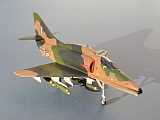
FROG’s A-
The kit is a reasonable build and includes some nice fine raised detail as well as a wide range of ordnance options (many inappropriate for either version!). It does seem a little over scale though, reinforcing my personal belief that Hasegawa kits are always not as accurate as people think, but this is only obvious if placed beside a similar version from another kit manufacturer.
The Douglas Skyhawk was a remarkable aircraft, bucking the Cold War trend toward
ever larger and more complex designs. Lightweight, small and simple, it was nevertheless
able to carry the same weapons load as a WW2 B-
Although its range was a great deal less than a B-
Skyhawks, or “Scooters” as they were affectionately known, played key roles in the Vietnam war, as well as conflicts in the Middle East and the Falklands, with over 2,960 built between 1954 and 1979.
In 1970, the Royal New Zealand Air Force (RNZAF) took delivery of 14 Skyhawks, designated
A-
In 2001, the NZ government decided to disband the combat elements of the RNZAF and the Skyhawks were placed into long term storage awaiting sale. In 2012 8 of these were purchased by commercial company Draken International to provide contract aggressor and adversary training to the USAF.
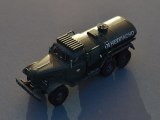
One thing that needs correction is the tail shape – RNZAF A-
Mine was another “dirty bag of bits” purchase, this time from the Avon IPMS show
for all of £5. It came with a good set of decals though, something that was missing
from the other one in my stash, and having built one previously, I expected it to
be ideal for a relaxing de-
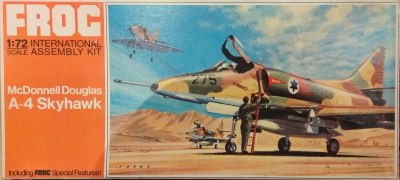
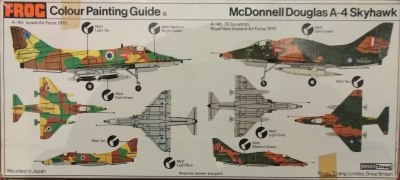
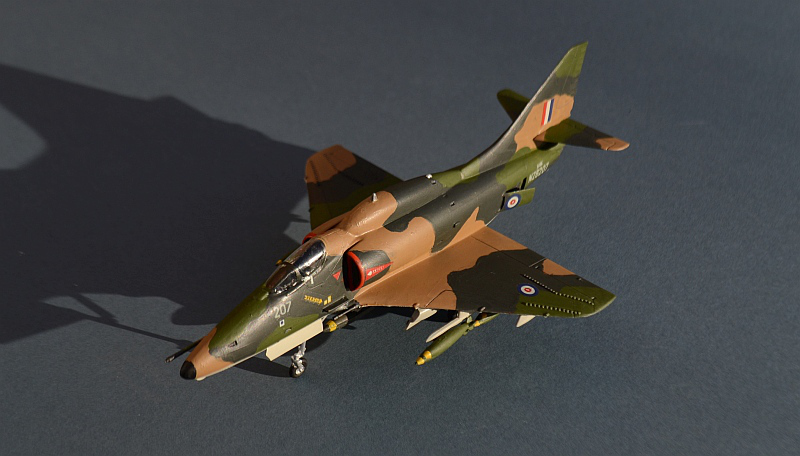
The first thing that became obvious was that the canopy was missing. This is a very common fault with these cheap bagged kits and normally something that I check carefully before buying. However, as well as this, the port air intake was missing along with one half of one of the distinctive underwing fuel tanks. I guess the lesson is that there is often a reason why someone has not built a secondhand kit, and that you get what you pay for!
The tank I could live with (cue a very heavy weapons load instead) but the canopy
and intake needed a solution. Once again my re-
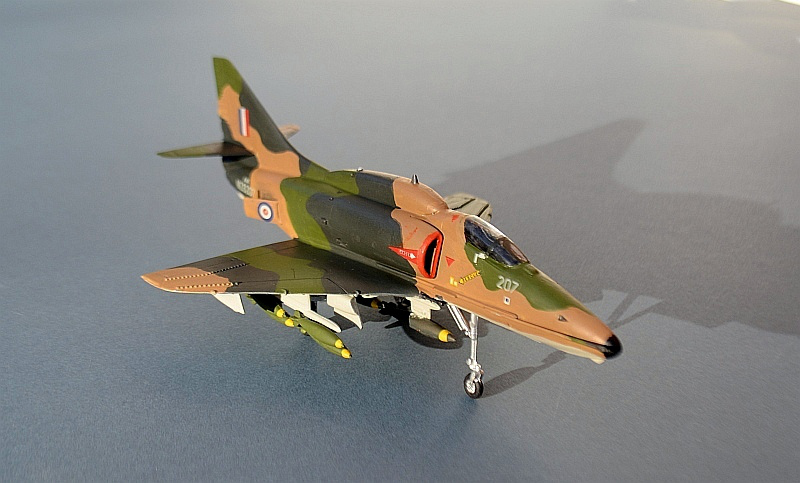
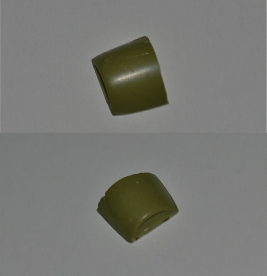
The canopy took a similar approach, but this time the Milliput was used to create a male mould then, using a hair dryer to heat and soften some clear acetate sheet around. This is a technique that works, sort of, but takes a few tries to get right and runs a very real risk of burning your fingers –ask me how I know!!!
Also, if you use your wife’s expensive GHD hair dryer, you run other risks that are more serious, based on a totally unfounded belief that you will break it. However, the canopy end result is very pleasing.
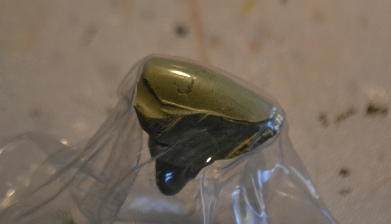
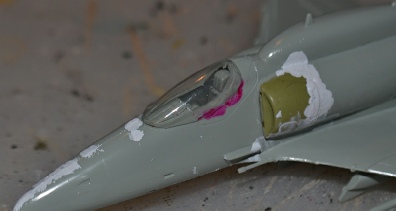
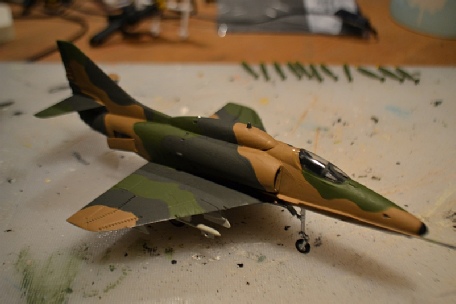
After fairing the new canopy in then sanding back the intakes and a quick coat of paint, I defy anyone to spot the difference from the kit parts!
Decals were typical FROG – at least 40 years old, but not in any way yellowed and still entirely usable. They do not include the colourful 75 Sqn crest that was applied to these aircraft shortly after they entered service, but do include the rare “Fern” NZ roundels which quickly gave way to the more familiar Kiwi roundel.
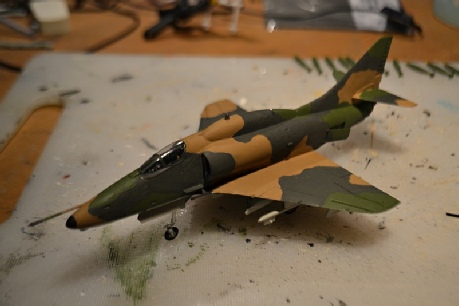
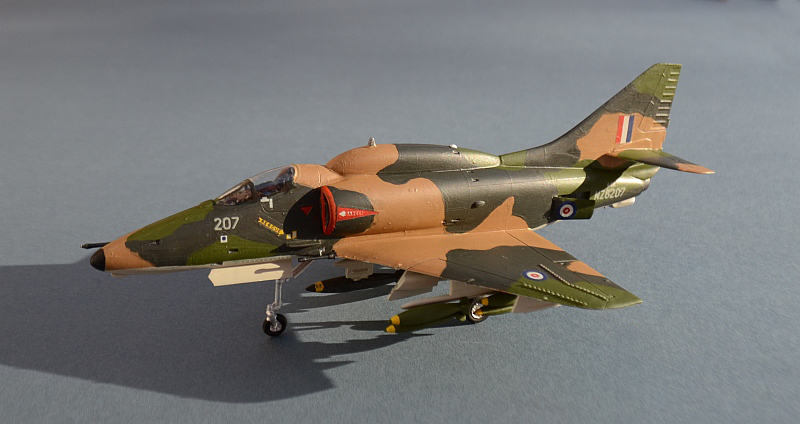
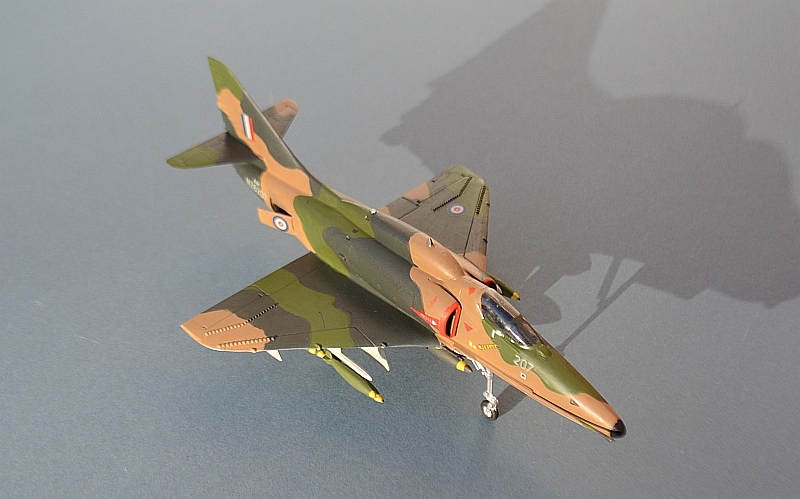
The kit stands on its own wheels without any need for weight – perhaps because of my putty intake, but I believe my Australian one was the same. All in all a fun build and despite the frustrations of missing parts, resolving the problems has left me with a strong sense of modelling satisfaction!
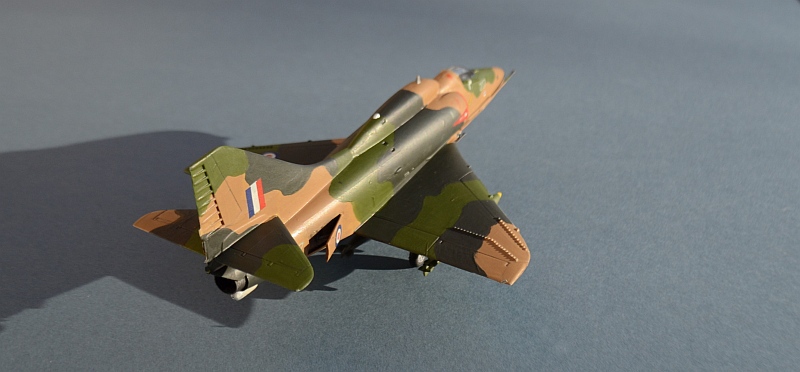
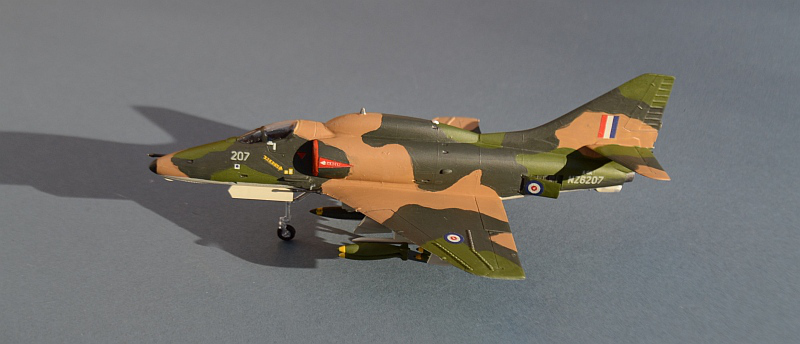
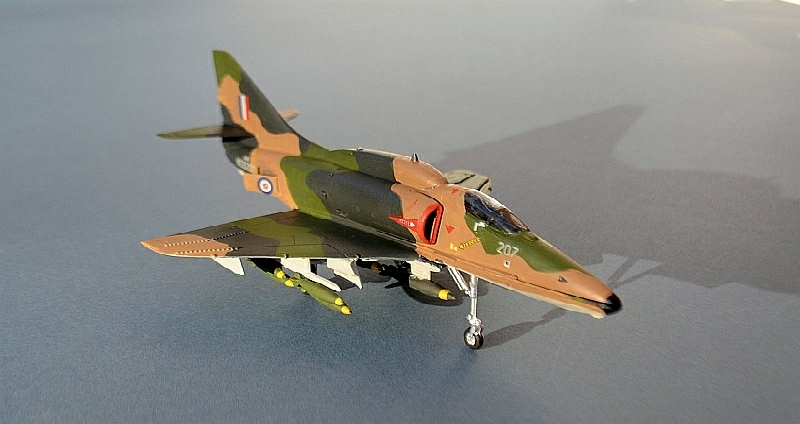
Have a look at my Friends and Allies pages for similar builds including Oz and Argy Skyhawks
I’ve always felt that my Soviet aircraft would look better with a little ground equipment, so here is a Cold War era refuelling tanker intnended to sit with last month’s Sukhoi build!
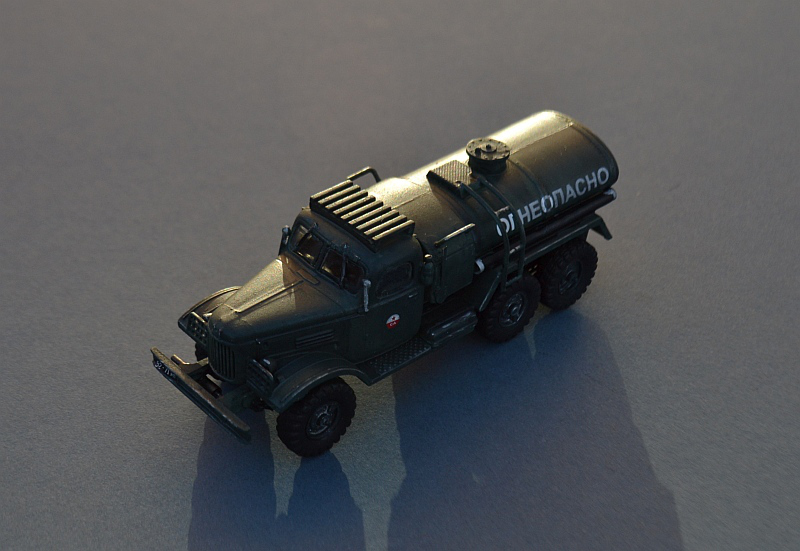
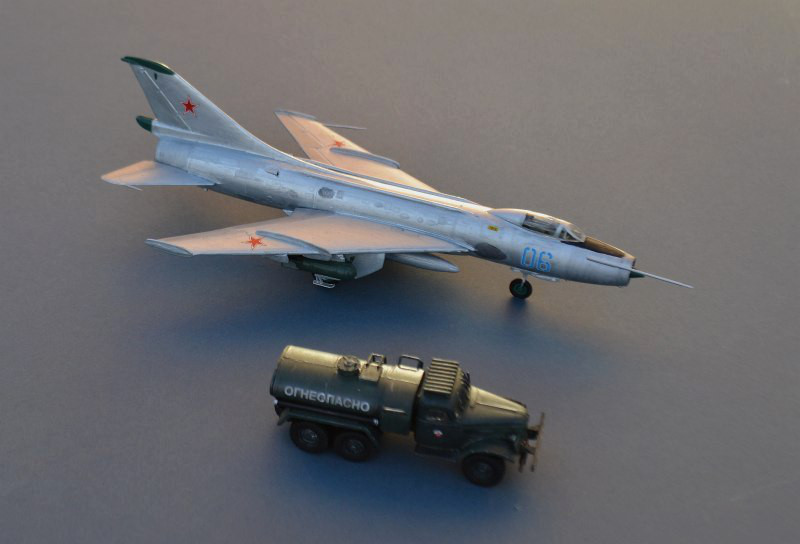

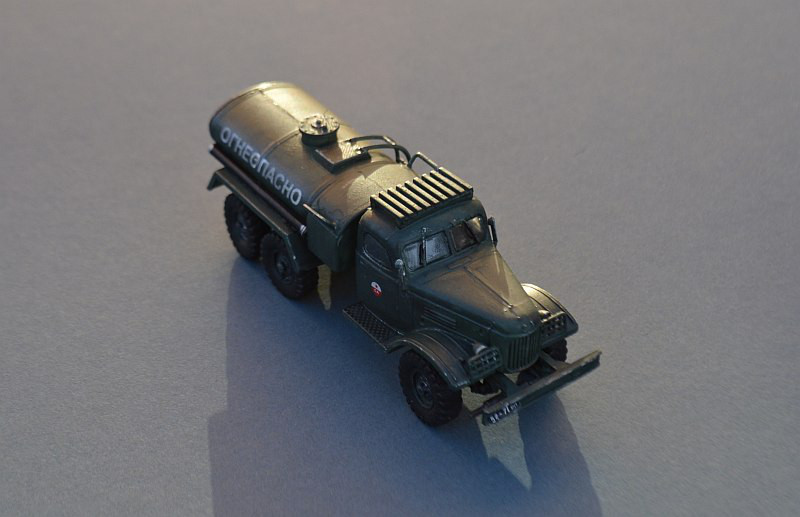
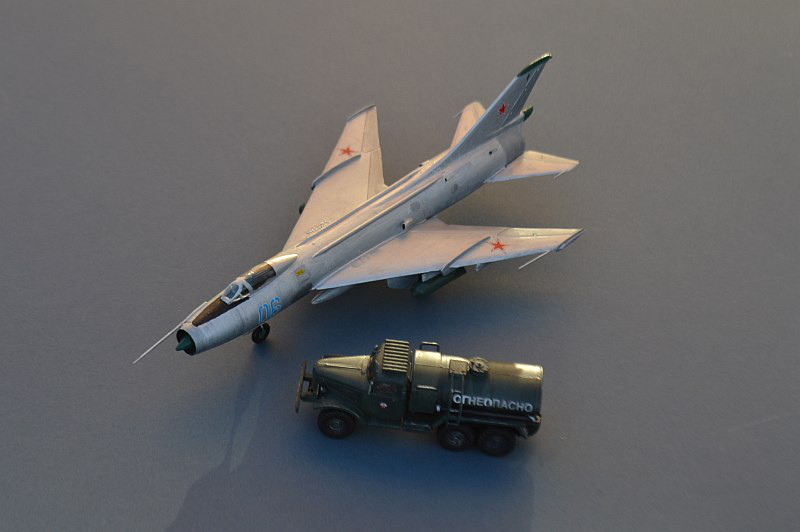
Background Picture: The Royal Navy’s new aircraft carrier, HMS QUEEN ELIZABETH (R08) sits at rest overnight in her home base of Portsmouth. It is expected that she will be commissioned into service this month (December).
One down, one to go (HMS PRINCE OF WALES) -